PVA Sponge Water Retention – A Reference or Affirmative Spec
- On Feb, 15, 2022
- admin
- PVA Sponge
We talked about the water retention for the PVA sponge in previous article. Meanwhile we are getting feedback to understand more about the variation of water retention on difference sponge. So in this article, we further reveal about PVA sponge water retention ability and also the factors which affected this parameters.
Furthermore, if the water retention amount is not a fix value for a particular sponge, then what is the factors causing the variation?
A new PVA sponge may achieve lower water retention amount at the beginning.
Soaking Water Data
The PVA sponge could be shipped under dry or wet form. For those sponge shipping under dry stage, we always remind the customer shall fully soak the sponge in the water before use. Even though the dry sponge shall turn soft after the first soaking but the retained water amount most likely less than the 9 to 11 time as quoted.
Water Absorption Amount
Through out our study, the initial dry stage sponge always retain lesser water unless being squeeze and soak for several times. Below are the weight trend data for various soaked-sponge after several times of squeeze and soak.
From the data, these 5 type of sponges show the lowest in weight at the 1st soak. After a few time of soak-squeeze process, the weight increase. The increase of sponge weight indicates more water being retained in the sponge.
Increase PVA Sponge Water Retention Ability
Let us compare the PVA foam appearance between dry and wet sponge. From the comparison image, the dry sponge looks smaller as the entire sponge shrink. If we have a closer look, the pore structure in the sponge also shrink and this affect the water retention ability.
The inherent air trap in the PVA sponge is affecting the water retention amount. Taking away the air trap is necessity if you want to examine the actual water retention amount.
In general, there are two things we could do in order to improve the water absorption in the sponge.
- Fully soak the sponge in the water
- Squeeze the bubble away from the sponge
Air Bubble or Void in the PVA Sponge
There are always air trapped void in the sponge especially the sponge was initially air dry. Even though we are soaking the sponge in the water with exceptionally long time, but air trapped voids are still there. Below is one of the image we soak the sponge sheet in the water and observe many “white colour” void within the sponge.
If we are squeezing the sponge, the air release and the place shall quickly fill up by water. This image also gives a good evidence that air bubble void is actually affecting the water retention ability.
Improve PVA Sponge Water Retention Ability
After going through above data and image, we could conclude air bubble or air void is always persists in the PVA sponge. Furthermore, the air trapped in the sponge gives a direct impact in water retention parameter. This is always the reason that the user has to perform several “dummy run” to squeeze out the air trap.
In addition, we also notice a trend that a thicker sponge is difficult to release the trapped-air from the sponge. Even though we are seeing some difference in water retention amount, but in practical application, this does not cause detrimental effect. During the actual application, the water always remains at dynamic condition, as the water is flushing out and get replenish from the system.
The air trapped void in the PVA sponge is impacting the water retention amount.
Since the water retention in the sponge always at dynamic condition, hence this parameter should be a reference parameters. However, we leave this to the field engineer to decide whether the PVA sponge is suitable for the application.

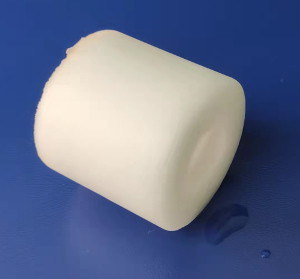

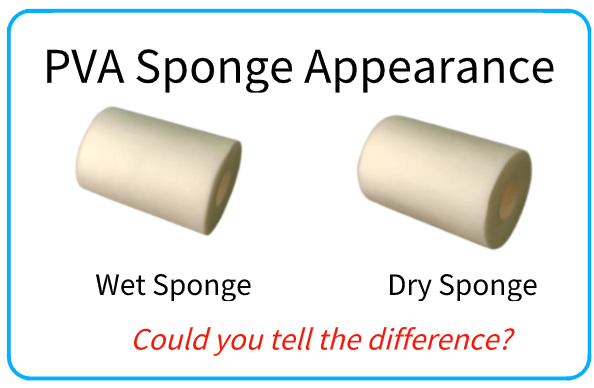
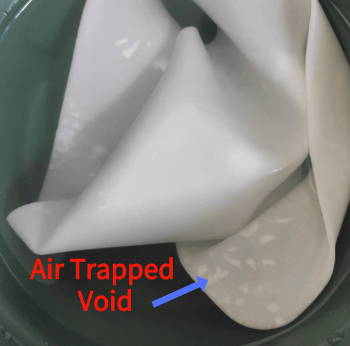
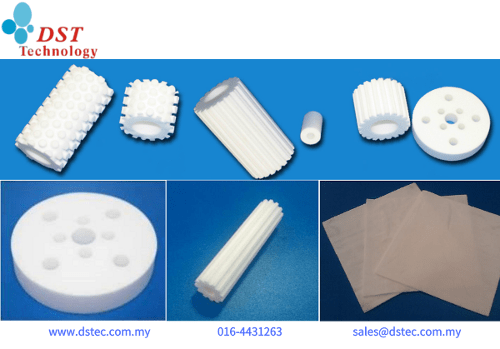
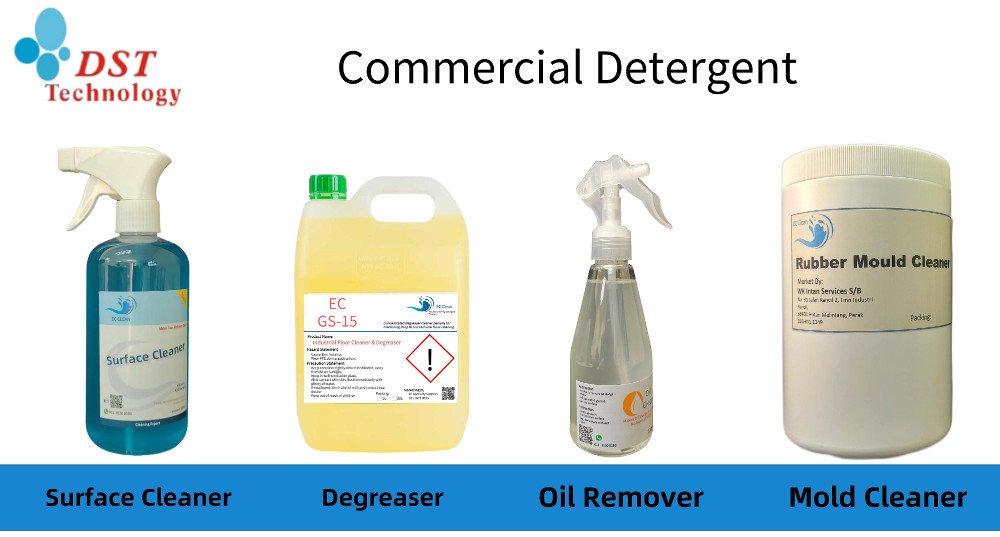

Leave a Comment